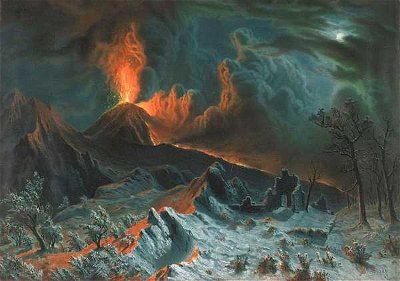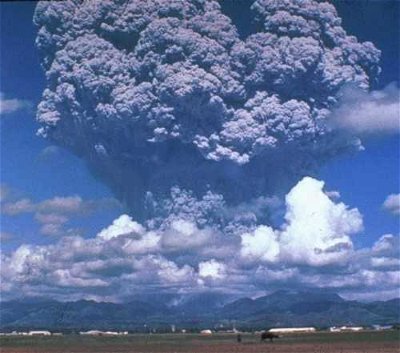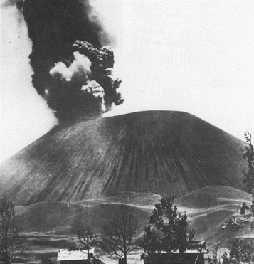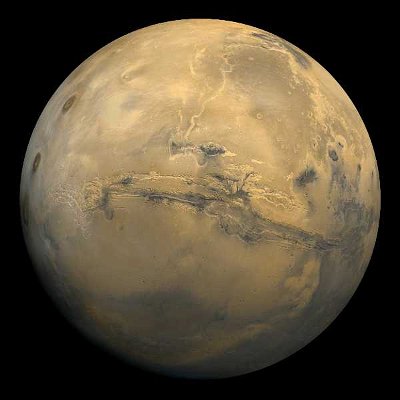See if you can match the dormant volcano (dormant in May 2022 that is) to its geographic location! Good luck, and shhhh!
Very Easy, 10 Qns, ponycargirl,
May 16 22
 Quick, the floor is lava! Perhaps you'd do well to learn these ten facts about lava so you don't find yourself...well, stepping in it.
Quick, the floor is lava! Perhaps you'd do well to learn these ten facts about lava so you don't find yourself...well, stepping in it. |
|
 Volcanoes are some of the most spectacular and beautiful land forms on Earth. Their violent eruptions often cause humans to "head for the hills", or perhaps, head AWAY from the hills. This quiz covers some common and not-so-common volcanic features.
Volcanoes are some of the most spectacular and beautiful land forms on Earth. Their violent eruptions often cause humans to "head for the hills", or perhaps, head AWAY from the hills. This quiz covers some common and not-so-common volcanic features.  Volcanoes, while by that their very nature destructive, are also awe-inspiring. See how many volcanoes you can identify from their descriptions.
Volcanoes, while by that their very nature destructive, are also awe-inspiring. See how many volcanoes you can identify from their descriptions.  This quiz is about ten different volcanoes. Think about it before you take this quiz. It might just be too hot for you.
This quiz is about ten different volcanoes. Think about it before you take this quiz. It might just be too hot for you.  = Top 5% Rated Quiz,
= Top 5% Rated Quiz,
 Top 10% Rated Quiz,
Top 10% Rated Quiz,
 Top 20% Rated Quiz,
Top 20% Rated Quiz,
 A Well Rated Quiz
A Well Rated Quiz
· All questions, answers, and quiz content on this website is copyright FunTrivia, Inc and may not be reproduced without permission. Any images from TV shows and movies are copyright their studios, and are being used under "fair use" for commentary and education.